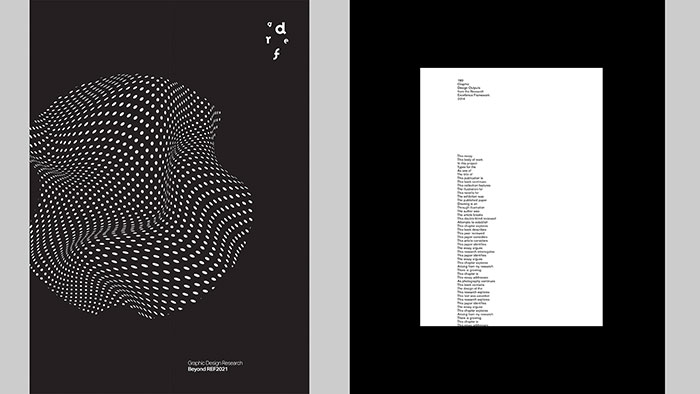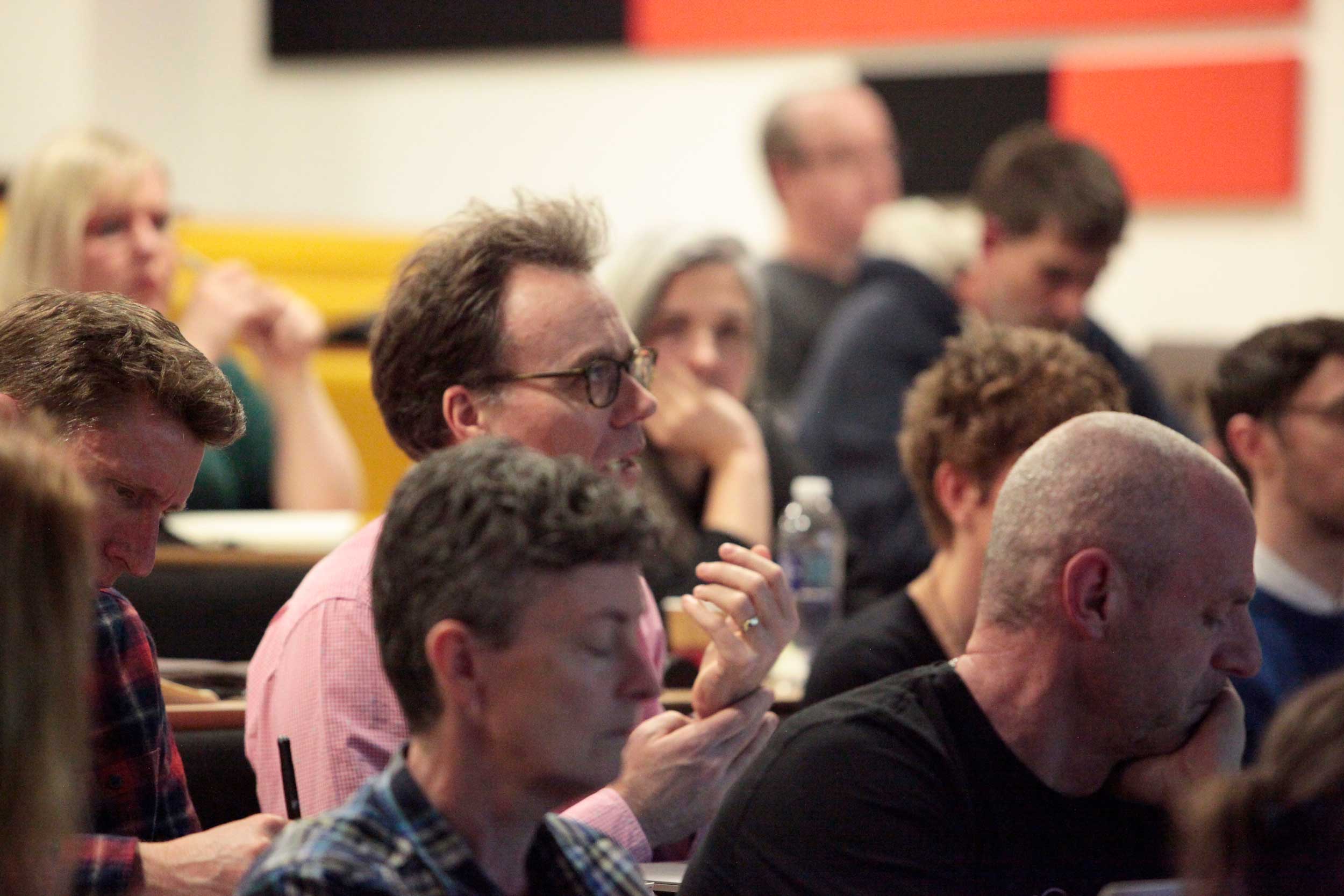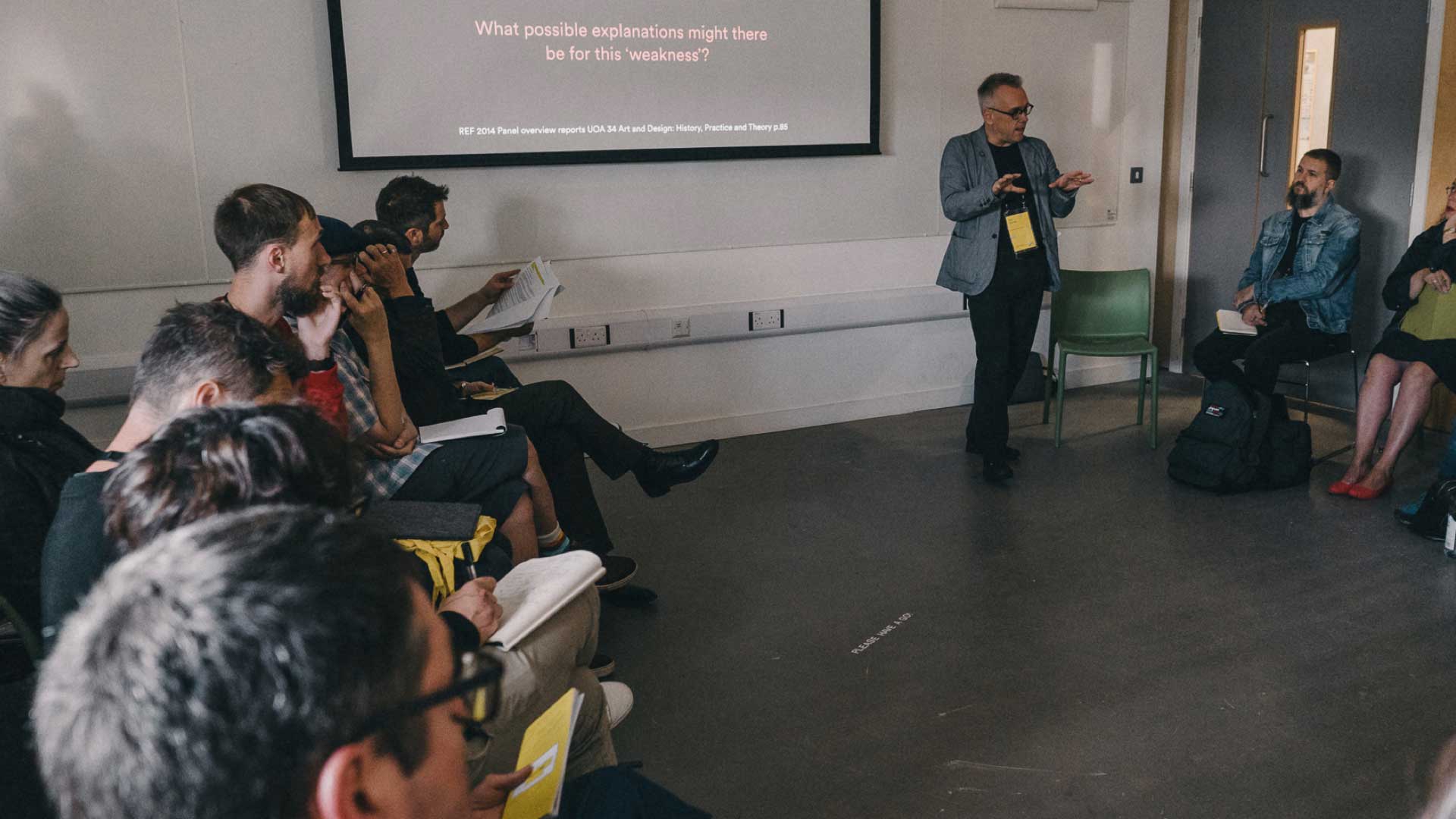This research addresses the claim made about graphic and communication design research in the Research Excellence Framework 2015 Panel overview report (UoA34: Art and Design: History, Practice and Theory p.85):
‘a number of weaker discipline areas that, on the evidence of submitted outputs, appeared not to have developed since RAE2008. While there were high quality exceptions, the intellectual and theoretical underpinning of graphic and communication design was thought to be generically weak.’
A co-funded research project between the ADRC and the CHEAD Research Alliance to investigate the stated observation was led by Corazzo (ADRC) and Honnor (ADRC) with Harland (Loughborough University) and Rigley (Glasgow School of Art).
Findings from the research project broadly support the sub-panel’s observations that graphic design is yet to establish an academic research culture. In addition to noting the variable quality of graphic design outputs, the research also identifies:
- the low volume of graphic design outputs (3%) submitted to REF2014, despite the subject’s size and standing in higher education;
- graphic design outputs tend to adhere to traditional academic, non-practice-based forms (disproportionately when compared to UoA34 as a whole; and
- that 46.9% of graphic design outputs submitted to REF 2014 come from just four institutions.
Also identified are the absence of consensual nomenclature, lack of confidence and exemplars with practice-based graphic design research, the uncertain expectations of research audits, lack of platforms for dissemination, and few established career pathways for research.
In response to these findings, the authors initiated three symposia, in partnership with the Graphic Design Educators’ Network (GDEN) and CHEAD, for disseminating, debating challenges and encouraging a closer examination and reflection of graphic design’s contribution to research and knowledge production. The three symposia attracted a total of 223 attendees from a range of institutions across the UK.






